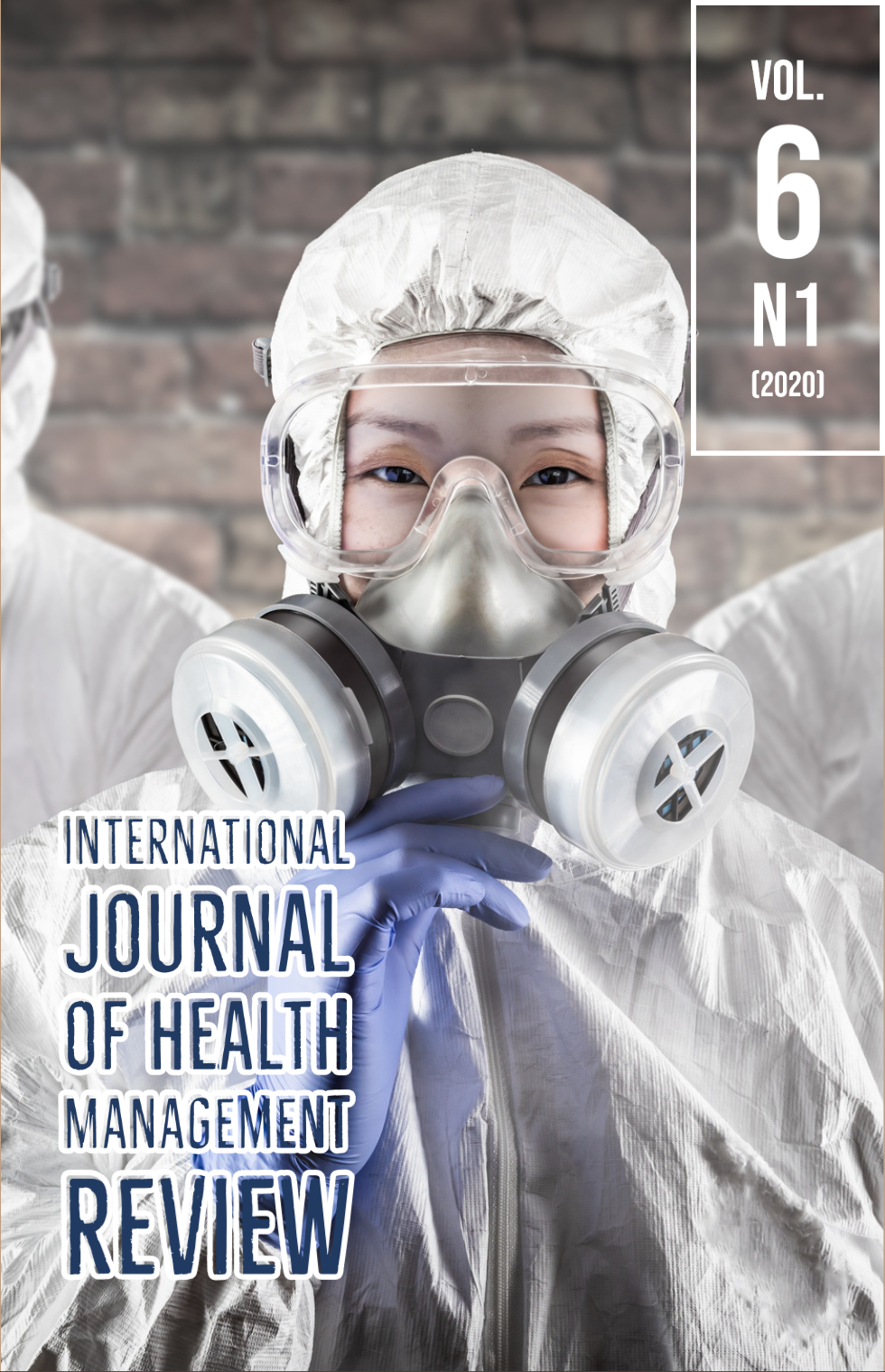Tratamento cirúrgico de avulsão da espinha tibial com uso de parafuso de compressão: relato de caso
DOI:
https://doi.org/10.37497/ijhmreview.v6i1.188Palavras-chave:
Ortopedia, Traumatologia, Cirurgia, Tíbia.Resumo
Introdução: A fratura da espinha tibial é uma avulsão óssea do ligamento cruzado anterior (LCA) em sua fixação na eminência intercondilar da tíbia. Afetando mais comumente crianças entre 8 e 14 anos de idade esqueléticos imaturos, as fraturas da coluna tibial são frequentemente consideradas como o equivalente pediátrico às lesões do LCA adultas no meio da vida. Objetivo: Relatar um caso de fratura e avulsão da espinha tibial tratado com uso de parafuso de compressão (parafuso Hebert) por via anterior aberta. Método: Trata-se do relato retrospectivo de um caso atendido no Serviço de Ortopedia e Traumatologia do HUSF de Bragança Paulista, SP. Os dados para confecção deste trabalho foram obtidos com base no prontuário do paciente Resultado: Foi optado por uma fixação com parafuso de compressão através de via anterior aberta. Conclusão: O paciente apresentou melhora de flexão e extensão após a intervenção.Downloads
Como Citar
Edição
Seção
Licença
Autores que publicam nesta revista concordam com os seguintes termos:
O(s) autor(es) autoriza(m) a publicação do texto na da revista;
O(s) autor(es) garantem que a contribuição é original e inédita e que não está em processo de avaliação em outra(s) revista(s);
A revista não se responsabiliza pelas opiniões, idéias e conceitos emitidos nos textos, por serem de inteira responsabilidade de seu(s) autor(es);
É reservado aos editores o direito de proceder a ajustes textuais e de adequação às normas da publicação.
Autores mantém os direitos autorais e concedem à revista o direito de primeira publicação, com o trabalho simultaneamente licenciado sob a Licença Creative Commons Attribution que permite o compartilhamento do trabalho com reconhecimento da autoria e publicação inicial nesta revista.
Autores têm autorização para assumir contratos adicionais separadamente, para distribuição não-exclusiva da versão do trabalho publicada nesta revista (ex.: publicar em repositório institucional ou como capítulo de livro), com reconhecimento de autoria e publicação inicial nesta revista.
Autores têm permissão e são estimulados a publicar e distribuir seu trabalho online (ex.: em repositórios institucionais ou na sua página pessoal) a qualquer ponto antes ou durante o processo editorial, já que isso pode gerar alterações produtivas, bem como aumentar o impacto e a citação do trabalho publicado (Veja O Efeito do Acesso Livre) em http://opcit.eprints.org/oacitation-biblio.html















